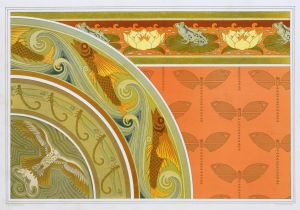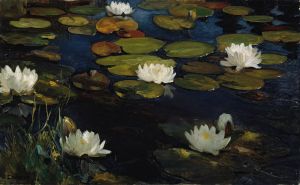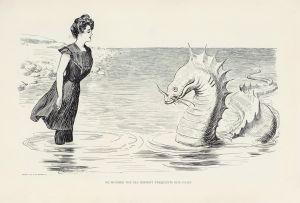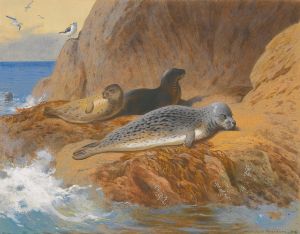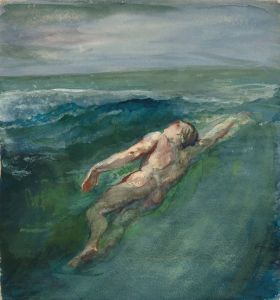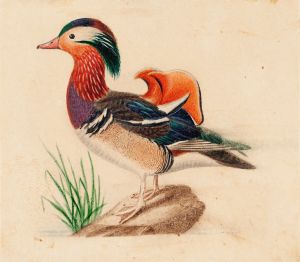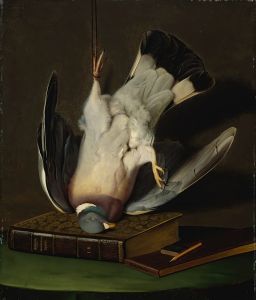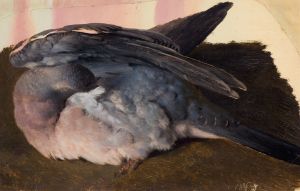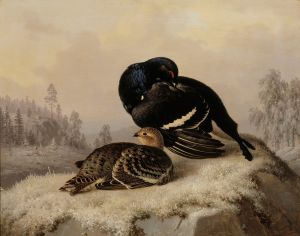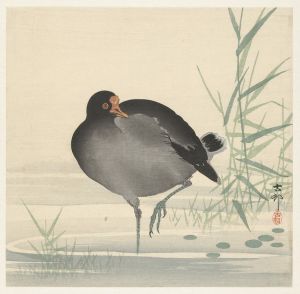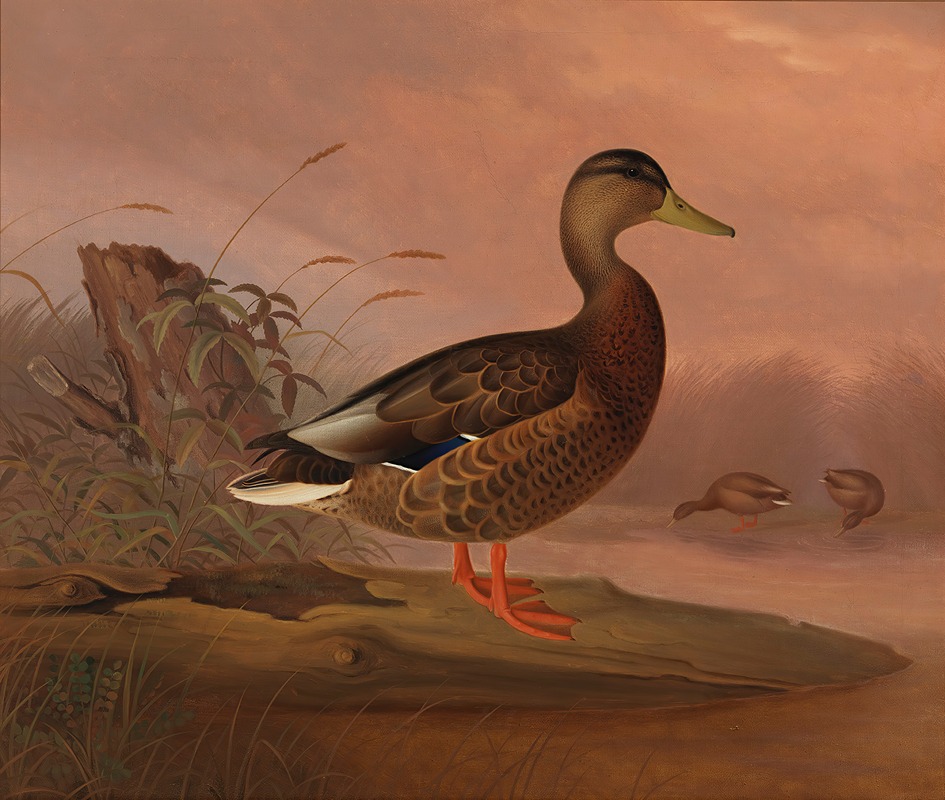
Mallard
A hand-painted replica of Ferdinand von Wright’s masterpiece Mallard, meticulously crafted by professional artists to capture the true essence of the original. Each piece is created with museum-quality canvas and rare mineral pigments, carefully painted by experienced artists with delicate brushstrokes and rich, layered colors to perfectly recreate the texture of the original artwork. Unlike machine-printed reproductions, this hand-painted version brings the painting to life, infused with the artist’s emotions and skill in every stroke. Whether for personal collection or home decoration, it instantly elevates the artistic atmosphere of any space.
Ferdinand von Wright was a Finnish painter known for his detailed and realistic depictions of wildlife, particularly birds. One of his notable works is "Mallard," which showcases his skill in capturing the essence of avian life. Von Wright was part of a family of artists, and his brothers Magnus and Wilhelm were also painters, contributing to the rich tradition of wildlife art in Finland.
The painting "Mallard" exemplifies von Wright's meticulous attention to detail and his deep understanding of ornithology. The mallard, a common and widespread duck species, is depicted with remarkable precision, highlighting the iridescent plumage and distinctive markings that characterize the species. Von Wright's ability to render the texture of feathers and the play of light on the bird's body demonstrates his technical prowess and keen observational skills.
Ferdinand von Wright was born in 1822 in Haminalahti, near Kuopio, Finland, which was then part of the Russian Empire. He developed an early interest in nature and art, influenced by the rural surroundings of his childhood home. His passion for ornithology was evident in his works, as he often chose birds as his primary subjects. Von Wright's dedication to realism was partly inspired by the scientific illustrations of his time, which aimed to document and study the natural world with accuracy.
Throughout his career, von Wright traveled extensively to study birds in their natural habitats. His field studies provided him with firsthand knowledge of bird behavior and anatomy, which he translated into his paintings. This commitment to authenticity is evident in "Mallard," where the bird is portrayed in a naturalistic setting, capturing a moment of stillness and grace.
Von Wright's work gained recognition not only for its artistic merit but also for its contribution to the study of ornithology. His paintings served as valuable resources for naturalists and bird enthusiasts, bridging the gap between art and science. The precision and lifelike quality of his bird portraits made them popular among collectors and institutions interested in natural history.
In addition to his artistic achievements, von Wright was part of a broader movement in 19th-century art that emphasized realism and the accurate depiction of nature. This movement was a response to the romanticized portrayals of nature that had dominated earlier art periods. By focusing on the intricate details of his subjects, von Wright and his contemporaries sought to present a more truthful representation of the natural world.
Ferdinand von Wright's legacy endures through his contributions to both art and ornithology. His paintings, including "Mallard," continue to be appreciated for their beauty and scientific value. They offer a glimpse into the rich biodiversity of the 19th century and reflect the artist's lifelong dedication to capturing the wonders of nature on canvas. Today, von Wright's works are housed in various museums and collections, where they continue to inspire and educate new generations about the importance of preserving and understanding the natural world.





